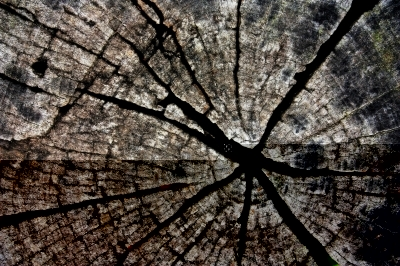Making Winter Habitats

Overwintering sites are very important to a whole range of animals and an undisturbed corner of the garden will be sought out by wildlife in need of a winter home. Although the traditional autumn bonfire is a good way of tidying up the garden for the winter, burning piles of garden prunings and fallen leaves can be a disaster for wildlife! Every year thousands of hedgehogs and other small animals climb into woody piles thinking they have found the ideal place to spend the winter, only to perish in the flames. Burning plant material is a waste of potential overwintering sites, so try to resist being too tidy in the garden!
It’s easy to create winter homes for garden wildlife – either at home or in your school’s garden. Just find a quiet corner or two, behind a shed is often a good place, and make one or more of the following mini-habitats -
- A pile of logs – ideal for minibeasts, hedgehogs, wood mice, wrens and even foxes.
- A pile of rocks and stones – ideal for minibeasts, slow worms, frogs and toads. Also a good idea is to dig shallow holes, about 10cm deep, and cover almost completely with paving slabs. Excellent for frogs and toads.
- A loose pile of tree leaves, grass clippings or straw – ideal for minibeasts, wood mice and shrews.
- A sheet of corrugated iron – the ‘tunnels’ are ideal for reptiles, amphibians, wood mice and voles.
- With all the plant prunings around, autumn is a good time to start a compost heap. Apart from being an ideal way to recycle plant ‘waste’ and provide excellent compost for your garden, a compost heap is an additional winter habitat for wildlife.
